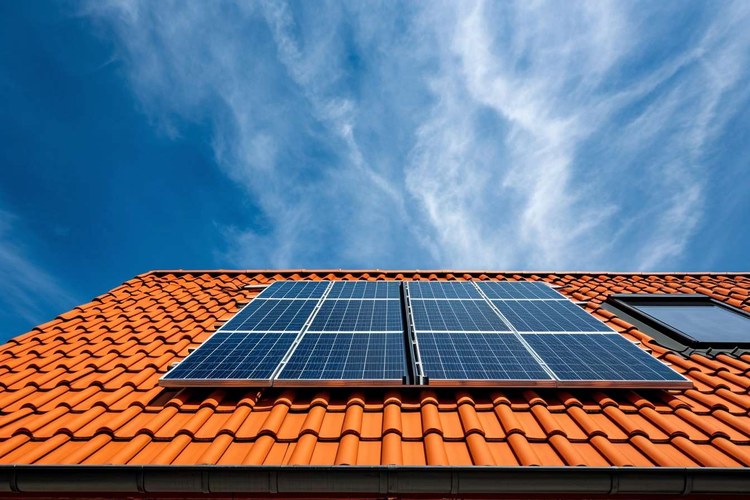Understanding Solar Panel Installation Grants: A Comprehensive Guide
Solar panel installation grants have become increasingly popular as more homeowners and businesses seek to harness clean, renewable energy. These financial incentives can significantly reduce the upfront costs of installing solar systems, making them more accessible to a wider range of people. This article will explore the ins and outs of solar panel installation grants, including how to apply for them and specific opportunities for seniors.

What are Solar Panel Installation Grants?
Solar panel installation grants are financial incentives provided by government agencies, non-profit organizations, or utility companies to help offset the costs of installing solar panel systems. These grants can come in various forms, such as direct cash payments, tax credits, or rebates. The primary goal of these grants is to encourage the adoption of renewable energy sources and reduce reliance on fossil fuels.
How Do Solar Panel Installation Grants Work?
Solar panel installation grants typically work by providing a portion of the total cost of installing a solar system. The amount of funding available can vary widely depending on the specific program, location, and applicant’s circumstances. Some grants may cover a percentage of the total cost, while others might offer a fixed amount per kilowatt of installed capacity. It’s important to note that most grants are awarded on a first-come, first-served basis, and funds may be limited.
Who is Eligible for Solar Panel Installation Grants?
Eligibility for solar panel installation grants can vary depending on the specific program. However, common criteria often include:
-
Property ownership: Most grants require applicants to own the property where the solar panels will be installed.
-
Location: Some grants are specific to certain states, counties, or utility service areas.
-
System size: There may be minimum or maximum system size requirements.
-
Income level: Some programs are designed to assist low to moderate-income households.
-
Building type: Grants may be available for residential, commercial, or non-profit properties.
How to Apply for Solar Panel Installation Grants
Applying for solar panel installation grants typically involves several steps:
-
Research available programs: Start by investigating grants offered at the federal, state, and local levels, as well as through utility companies.
-
Check eligibility: Carefully review the eligibility criteria for each program to ensure you qualify.
-
Gather required documentation: This may include proof of property ownership, income verification, and energy usage history.
-
Obtain quotes: Many grant programs require applicants to submit quotes from certified solar installers.
-
Complete the application: Fill out all required forms accurately and thoroughly.
-
Submit your application: Ensure you meet all deadlines and include all necessary supporting documents.
-
Follow up: Stay in touch with the grant administrator to track the progress of your application.
Are There Specific Grants for Seniors Installing Solar Panels?
While there aren’t many grants specifically targeted at seniors for solar panel installation, some programs may offer additional benefits or prioritize older applicants. Here are a few options that seniors might find particularly beneficial:
-
Low-Income Home Energy Assistance Program (LIHEAP): While not exclusively for solar, this program can help low-income seniors improve their home’s energy efficiency, which may include solar installations.
-
Property Assessed Clean Energy (PACE) programs: These programs allow homeowners, including seniors, to finance energy improvements through property tax assessments.
-
State-specific programs: Some states offer additional incentives or prioritize applications from senior citizens for their solar grant programs.
What are the Financial Benefits of Solar Installation Grants?
Solar installation grants can provide significant financial benefits to homeowners and businesses. Here’s a breakdown of potential savings and a comparison of different grant types:
| Grant Type | Provider | Potential Savings |
|---|---|---|
| Federal Solar Investment Tax Credit | U.S. Government | 30% of total system cost |
| State Rebate Programs | Various State Agencies | $500 - $5,000+ |
| Utility Company Incentives | Local Utility Providers | $0.20 - $1.25 per watt installed |
| Non-Profit Organization Grants | Various Non-Profits | $1,000 - $10,000+ |
Prices, rates, or cost estimates mentioned in this article are based on the latest available information but may change over time. Independent research is advised before making financial decisions.
The financial benefits of solar installation grants can be substantial, potentially reducing the overall cost of a solar system by 50% or more. This can significantly shorten the payback period for the investment and increase long-term savings on energy bills.
In conclusion, solar panel installation grants offer a valuable opportunity for homeowners, businesses, and particularly seniors to adopt clean energy technologies at a reduced cost. By understanding the types of grants available, eligibility requirements, and application processes, interested parties can take advantage of these financial incentives to make solar energy more accessible and affordable. As the push for renewable energy continues, it’s likely that more grant opportunities will become available, further facilitating the transition to a cleaner, more sustainable energy future.




